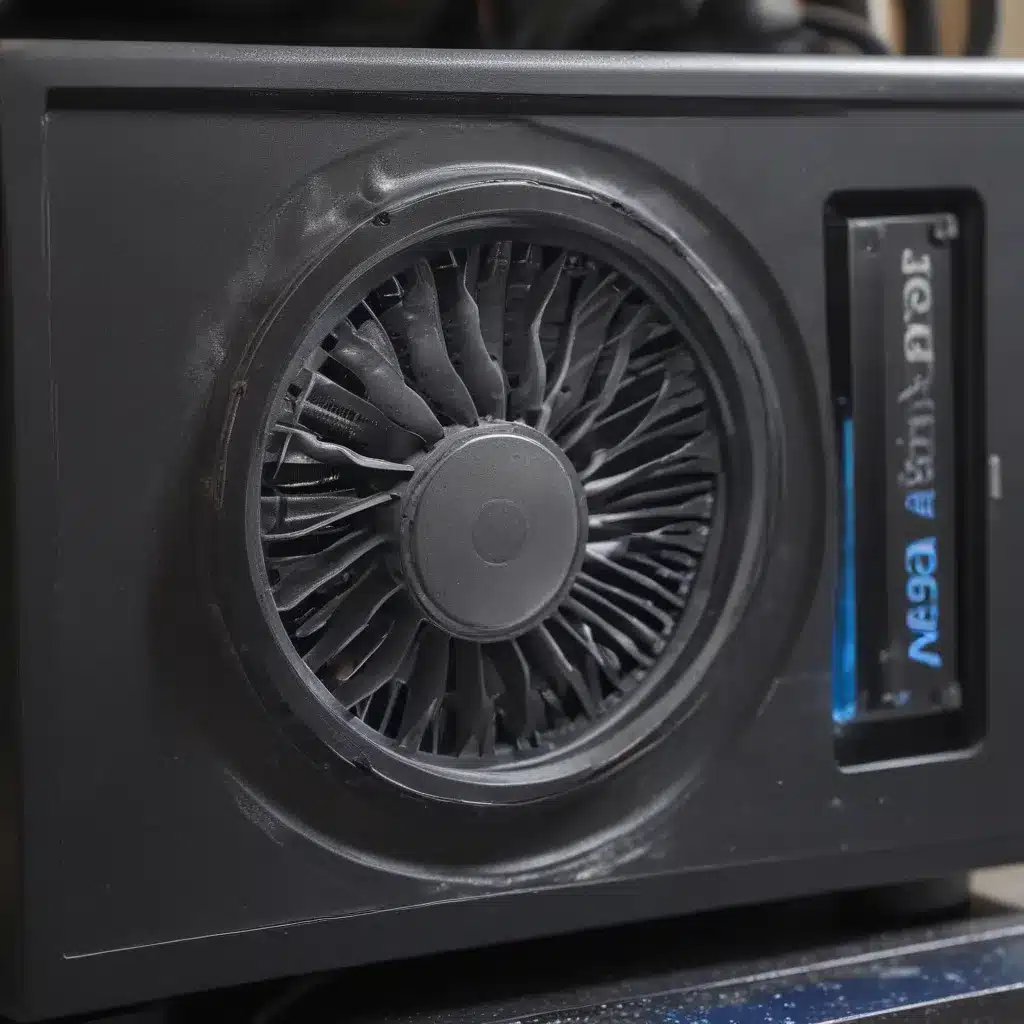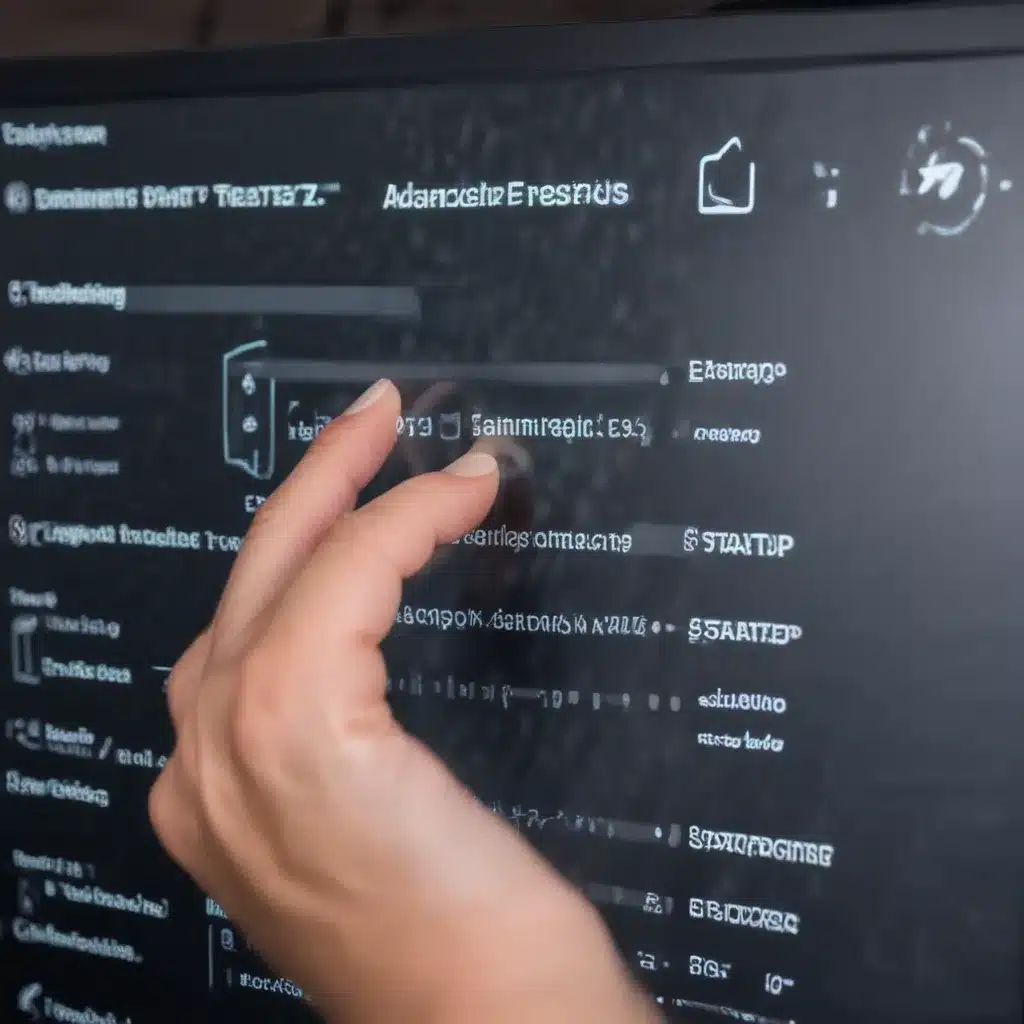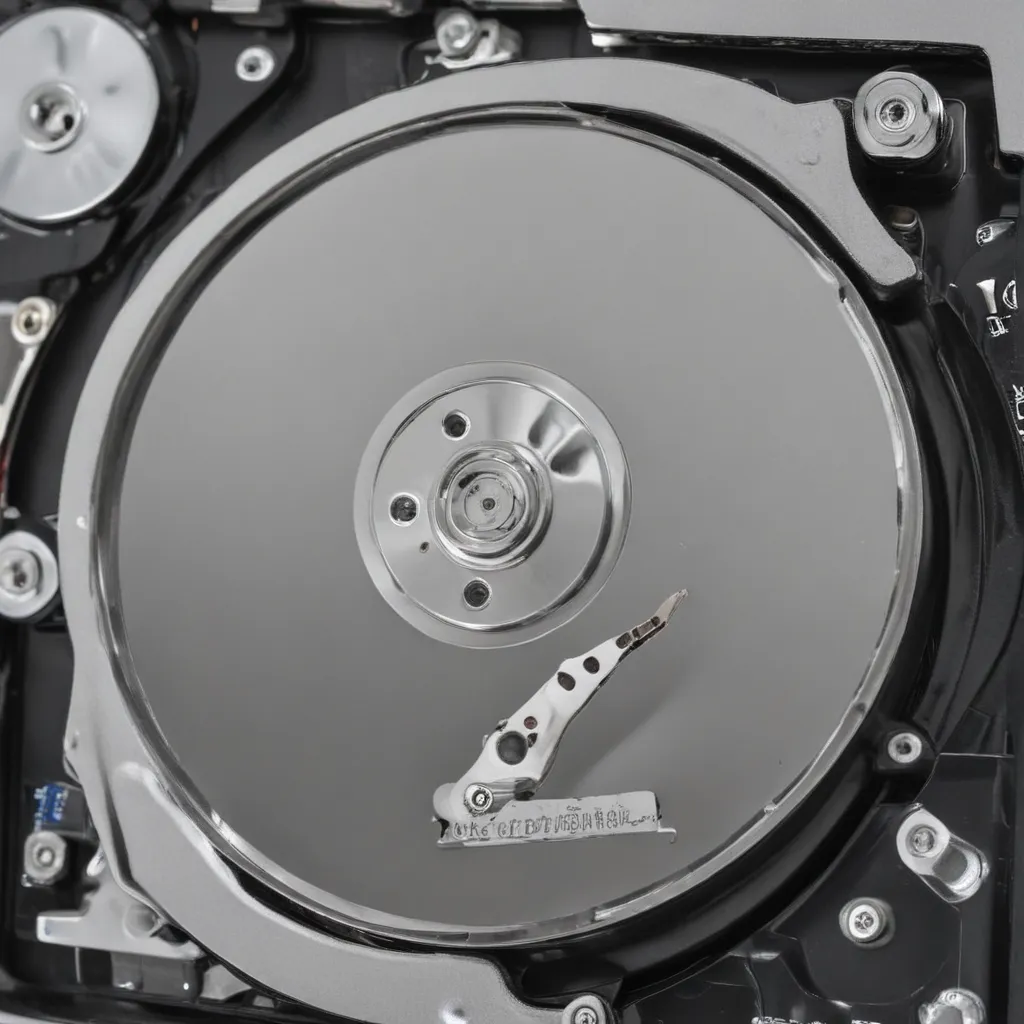Nvidia and AMD are the two major players in the GPU (graphics processing unit) market. Their latest GPU architectures, Ampere from Nvidia and RDNA 2 from AMD, represent the cutting edge in GPU design and performance. In this article, I will provide an in-depth look at the key features and innovations in these latest GPU architectures.
Overview of Nvidia Ampere Architecture
The Nvidia Ampere architecture represents a major overhaul and improvement over the previous Turing architecture. Here are some of the key highlights of Ampere:
- Built on an optimized 7nm manufacturing process, allowing for higher transistor density and efficiency.
- Uses new 2nd generation RT cores for accelerated ray tracing performance, up to 2x faster than Turing.
- Leverages 3rd gen Tensor cores for significantly improved AI and deep learning capabilities.
- Double speed GDDR6X memory delivers ultra-fast bandwith of up to 1TB/s.
- PCIe Gen 4 support for increased interface bandwidth with CPU and system.
- AV1 decode support for advanced video codec capabilities.
- DLSS 2.0 utilizes AI and tensor cores to boost frame rates in games.
- New streaming multiprocessors (SMs) deliver dramatic gains in shader performance and efficiency.
Key Ampere gaming GPU models include the RTX 3080, RTX 3080 Ti, and flagship RTX 3090, which delivers up to 50% higher performance than previous generation Turing RTX 20 series GPUs.
What’s New in AMD RDNA 2 Architecture
The RDNA 2 architecture is a major evolution of AMD’s graphics technology, bringing significant leaps in performance, efficiency and features. Here are some of the key advancements in RDNA 2:
- Built using an optimized and enhanced 7nm manufacturing process for improved density.
- 50% performance per watt increase over first gen RDNA architecture.
- Hardware accelerated ray tracing support, a first for AMD GPUs.
- Variable Rate Shading (VRS) reduces workload on shaders, boosting performance.
- Mesh shaders improve geometry processing and culling efficiency.
- Sampler Feedback reduces memory bandwidth demand for better performance.
- DirectX 12 Ultimate compliance, supporting key next-gen graphics features.
- FidelityFX suite enhances visual quality through contrast-adaptive sharpening and other effects.
- Rage Mode one-click automatic overclocking for performance boost.
Flagship RDNA 2 gaming GPUs include the Radeon RX 6800, 6800 XT and 6900 XT, competitive with Nvidia’s Ampere RTX 30 series in both pricing and performance.
Architectural Comparison between Ampere and RDNA 2
While both Ampere and RDNA 2 represent major generational leaps for Nvidia and AMD respectively, there are some key architectural differences between the two next-gen GPU designs:
| GPU Architecture | Ampere | RDNA 2 |
|-|-|-|
| Manufacturing Process | 7nm | Enhanced 7nm |
| Ray Tracing Acceleration | 2nd Gen RT cores | Fixed function accelerators |
| AI Acceleration | 3rd Gen Tensor cores | None |
| Memory Bandwidth | Up to 1 TB/s GDDR6X | Up to 512 GB/s GDDR6 |
| Performance Target | 4K @ 60+ FPS | 1440p @ 100+ FPS |
| Flagship GPU | RTX 3090 | RX 6900 XT |
Key Takeaways:
- Both leverage advanced 7nm manufacturing for power efficiency and transistor density improvements.
- Nvidia Ampere has dedicated hardware for ray tracing and AI workloads lacking in RDNA 2.
- RDNA 2 aims for extremely high frame rates at 1440p resolution, while Ampere targets 4K gaming.
- Ampere has more advanced memory technology in GDDR6X.
- AMD optimized RDNA 2 to deliver competitive performance at lower cost and power draw than Ampere.
Overall, while there are considerable architectural differences, both Ampere and RDNA 2 represent monumental generational leaps for Nvidia and AMD that elevate gaming GPU performance to the next level. Nvidia retains some key advantages in specialized acceleration hardware, while AMD aims to deliver great performance per dollar and power efficiency.
Real-World Performance and Benchmarks
Real-world gaming benchmarks reveal how the architectural changes impact actual gameplay and application performance. Here are some key test findings:
- In 4K gaming tests, the RTX 3090 establishes a commanding performance lead of around 10-25% over the RX 6900 XT.
- At 1440p resolution, flagship Ampere and RDNA 2 models offer broadly similar performance.
- With ray tracing enabled, Ampere exhibits much higher frame rates due to its dedicated RT cores, up to 2x faster.
- In content creation tests like 3D rendering and video editing, Ampere again leads RDNA 2 substantially, thanks to its tensor core AI acceleration.
- Power efficiency measurements show RDNA 2 making major improvements, matching or even beating equivalent Ampere models.
- Although performance is competitive, RDNA 2 GPUs are priced 30-50% lower than comparable Ampere models.
In summary, real-world testing confirms Nvidia’s strengths for 4K gaming, ray tracing, and content creation workloads. However, AMD RDNA 2 excels in delivering great 1440p gaming performance at lower cost and power draw compared to Ampere.
Evaluating DLSS and Alternative Upscaling Technologies
Nvidia DLSS (Deep Learning Super Sampling) leverages AI tensor cores and deep learning to boost frame rates in games. AMD offers contrast-adaptive sharpening and other techniques to enhance image quality. Let’s compare these approaches:
- DLSS 2.0 can deliver up to 2-3x FPS increase in supported games by upscaling lower resolution frames using deep learning algorithms.
- Image quality is mostly equivalent to native resolution, and often superior to simple upscaling.
- Only available on RTX cards and GPU-intensive games. Requires per-game integration and training.
- AMD FidelityFX features like RIS sharpening work across all games to enhance image quality.
- Radeon Super Resolution uses simplified spatial upscaling to boost FPS. Not as advanced as DLSS.
- Intel XeSS will bring accelerated AI upscaling to their new Arc GPUs and expand ecosystem support.
In summary, DLSS provides a major performance boost but requires extensive per-game adoption. AMD’s universal spatial upscaling is simpler but less advanced. Expanding accelerated upscaling to more GPUs should increase utilization and enhance realism.
Outlook for the Future
The GPU landscape will continue evolving rapidly in the coming years. Here’s what we can expect next:
- Both Nvidia and AMD will adopt more advanced manufacturing nodes like 5nm to push performance and efficiency further.
- Future Ampere models will leverage GDDR7 memory for even higher memory bandwidth.
- Chiplet GPU designs could enable large, efficient multi-die GPUs.
- Next-gen AI acceleration will drive new capabilities in ray tracing, upscaling, and graphics.
- Expect deeper hardware and API integration between GPUs and game engines.
- Further improvements to power efficiency and performance per watt.
- Increased adoption of GPU compute acceleration across industries beyond gaming.
RDNA 2 and Ampere have pushed gaming graphics into new territory. With fierce competition between AMD and Nvidia, we can expect rapid new innovations that will continue to change how we experience and interact with virtual worlds. Exciting times lie ahead in the world of GPUs!













